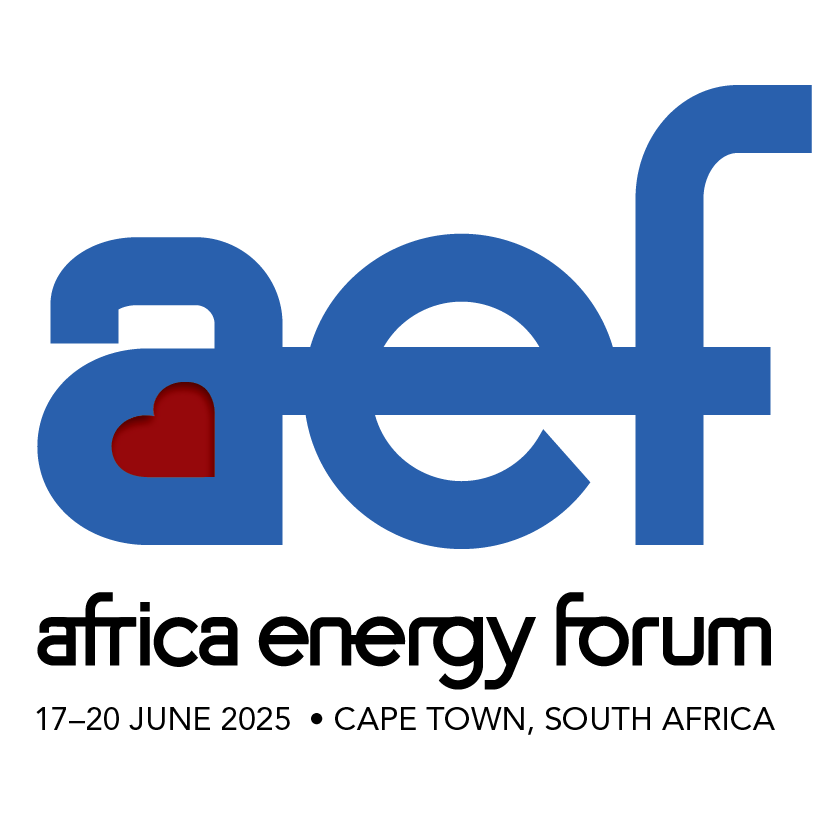Day 2 - 11.00 - Country Spotlight: United Republic of Tanzania
Moderator: Eyob Easwaran, Senior Advisor, Lending Operations, TDB
Speakers:
- Felchesmi Mramba, Permanent Secretary, Ministry of Energy, United Republic of Tanzania
Felchesmi Mramba, Permanent Secretary of the Ministry of Energy, spoke candidly about Tanzania’s prospects and profile in the country’s day two spotlight session.
Home to 61 million people, he explained that Tanzania’s installed energy capacity remains relatively small in comparison to its land mass and population, a situation which is providing the grounds for the nation to become a hotbed for investment activity and prospects.
“The mission of the Tanzania Ministry of Energy is to improve the availability, affordability and reliability of energy services to the citizens of Tanzania,” Mramba explained. “To achieve this, we aim to utilise a variety of different available sources including hydro, natural gas, coal, and renewables such as geothermal, solar, wind, and green hydrogen.
“We invite both domestic and foreign investors to participate.”
As of May 2023, the country’s maximum energy demand stood at just 1.431 GW, with access in urban areas standing at 99.6% and rural areas at 69%. Now, building from this base, the country is driving forward with an aggressive renewable energy transition strategy.
“In December 2023, the energy mix is expected to comprise 68% non-renewable sources and 32% renewable sources. Come December 2024, however, we expect non-renewables to account for just 30%, and renewables to drive 70% of the local energy mix,” Mrambda explains.
The country’s clean energy prospects are expansive. National hydrogen potential stands at 5.6 GW and geothermal at 5 GW, while its solar, wind and hydrogen potential are equally enticing.
Further, there are several key energy projects in the works that provide attractive investment opportunities. Among the largest include the 2,115 MW Julius Nyerere Hydro Power plant, 358 MW Ruhudji Hydro power plant, and 320 MW Somanga-Fungu Gas Fired Power project.
In addition, agreements are currently being finalised for a major Tanzanian LNG project, backed by a combination of the government and international oil companies including Shell, Ophir, Pavilion, Equinor, and ExxonMobil, that is expected to come online in 2028. And Tanzania is also working towards the creation of cross-border gas pipelines with Zambia, Kenya and Uganda.
“Tanzania is the new boy in town,” Mramba concluded, reiterating the country’s LNG prospects, a drive from investment from the leadership, advantageous geographical location bordering eight countries, vast local resources, abundance of key rare earth minerals, and supportive institutional framework.
In what was a potential-riddled presentation, Mramba’s assessment speaks for itself. Tanzania is undoubtedly a country to watch in relation to energy transition in the coming years.

.jpg)